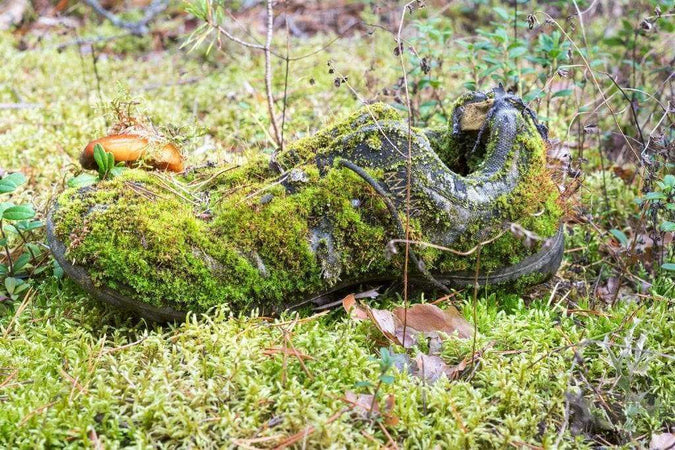"The Soil is the Great connector of lives, the source and destination of all. It is the healer and restorer and resurrector, by which disease passes into health, age into youth, death into life. Without proper care for it we can have no community, because without proper care for it we can have no life."
- Wendell Berry, The Unsettling of America: Culture & Agriculture
The soil is a universe of biological micro and macro activity that work synergistically in unison to help foster life above ground. This energetic organism must be respected, with its communities existing deep within it, which work to preserve our lives.
Picture the living organisms in our soil like a well-managed organized society of different people: bacteria, fungi, nematodes, protozoa, arthropods, and earthworms. All of whom do different jobs together to make an organized culture in society. You have the builder, the cleaners, and the seamstress sewing the marvelous fabric of the different layers of soil.
This in turn miraculously develop a healthy population above ground, through the food we eat. The plants consequentially effect the air we breathe, and the water we drink. We’re all deeply connected, and this is reason to be good protectors of the community which dwells underneath us.
Alan Burges one of our soil forefathers, wrote extensively on the botanical workshops in the ground, mentioned that in a gram of fine garden soil, you will find millions of organisms: bacteria, fungi, actinomycetes, yeast, amoeba, algae, and more.
- 2,500 million bacteria
- 700,000 million actinomycetes (ray fungi)
- 400,000 million fungi
- 50,000 million algae
- 50,000 million protozoa
All these wonderful little fellows that populate soil work as beneficial agents promoting life above ground. There are billions of microscopic organisms hard at work creating our foundation for livelihood.
In 1950 Erhard Hennig wrote on soil: The Secrets of Fertile Soil. A book that pools the visions of many classical theorists:: Albrecht Thaer, the father of agricultural science, Dr. Rudolf Steiner, Dr. Hans Muller, but it was Dr. Hans Peter Rusch who discovered high quality humus to be the foundation for healthy plant growth. Here It’s here we find the grass roots to ecological farming.
Hennig spent over fifty years as a research scientist to Dr. Gustav Rhode in Berlin. While doing so, Hennig investigated, traveled, and presented lectures about the amazing activity that is concealed in our soil. He taught how this process contributes to the creation of organic humus.
Organic, rich, dark, Humus is the soils food bank. It’s comprised of humidity and dry matter plant life residues providing nutrient rich topsoil. The active components are Humic and Fulvic Acids which is the soil’s food source. When Topsoil is rich in organic matter, it promotes bioactivity.
Humic Acids are the principal components in Humic substances. They are the major constituents in soil, peat, ocean, and fresh waters. Humic acids are produced by the decomposition of concentrated organic matter over a long process, over many years in the natural environment.
Humification, refers to the cooking process by which this stew is prepared in our soil. Those microorganisms decompose organic matter turning them into inorganic minerals, (mineralization) for the plants.
Humus is a mandatory component for the life beneath our feet to run efficiently. It affects the density of soil, and contributes not only to its nutrient content, but also promotes efficient moisture retention.
Humus is a complex substance that scientists are still studying. In agriculture it’s sometimes referred to as natural compost and perceived as a soil conditioner, imperative for all plants because it provides something necessary for their growth. Plants that have access to it, demonstrate healthy root structure, verdant foliage, and contain plenty compulsory minerals, in turn ameliorating human nutrition. Imagine a tomato plant and consider all the healthy minerals we’ll benefit once we eat it.
Although one may say that some live to eat, we all must eat to live. Likewise applies to the precious colonies within the soil. This cycle is the natural rhythm of our earthly plane of existence; therefore, we need to heed to this structure and practice good stewardship towards her.
We can revive our living soil. We believe that it will take the contribution of our global village to make this a reality. Join us as we learn from scientists, and experts on our journey, as we advocate for soil consciousness, which is pivotal to our health, our climate and is our legacy for future generations.















